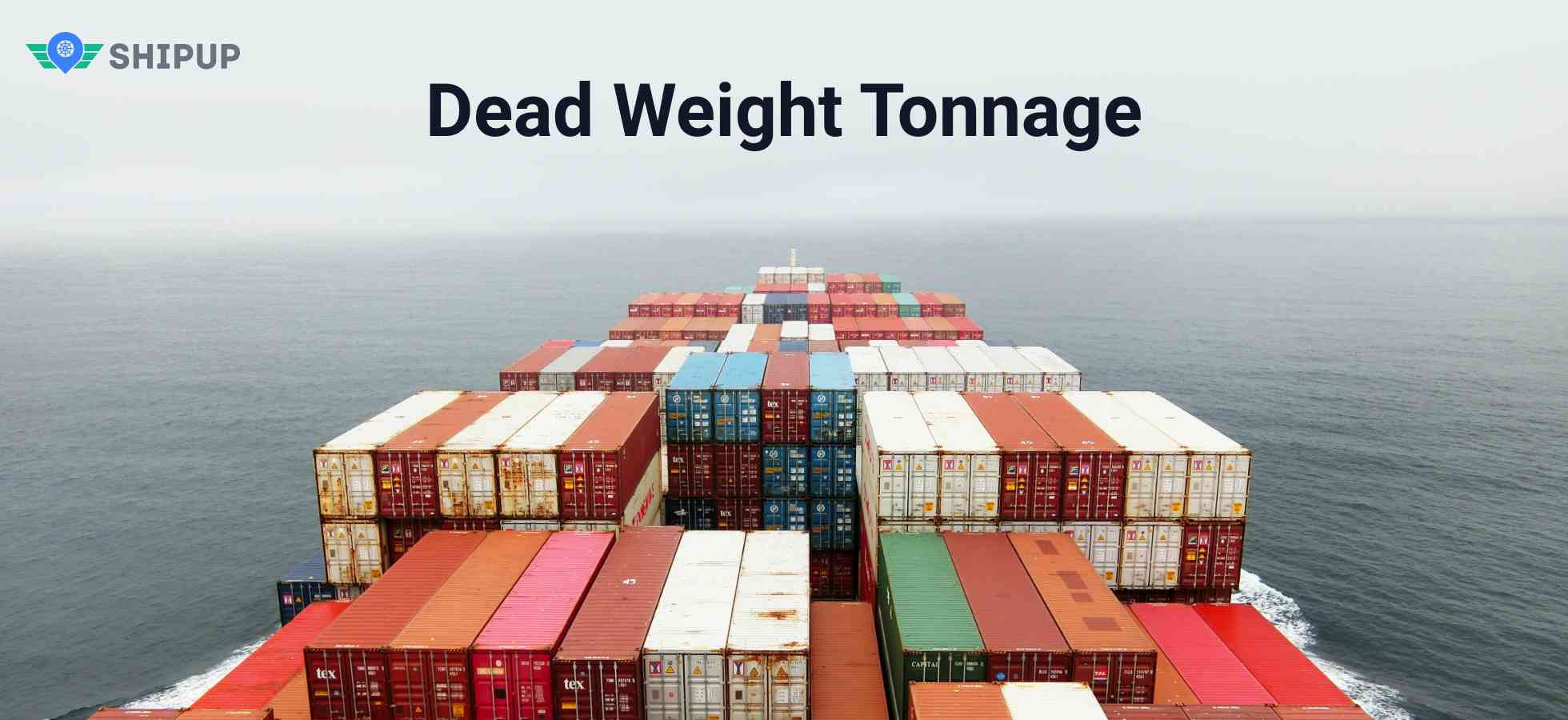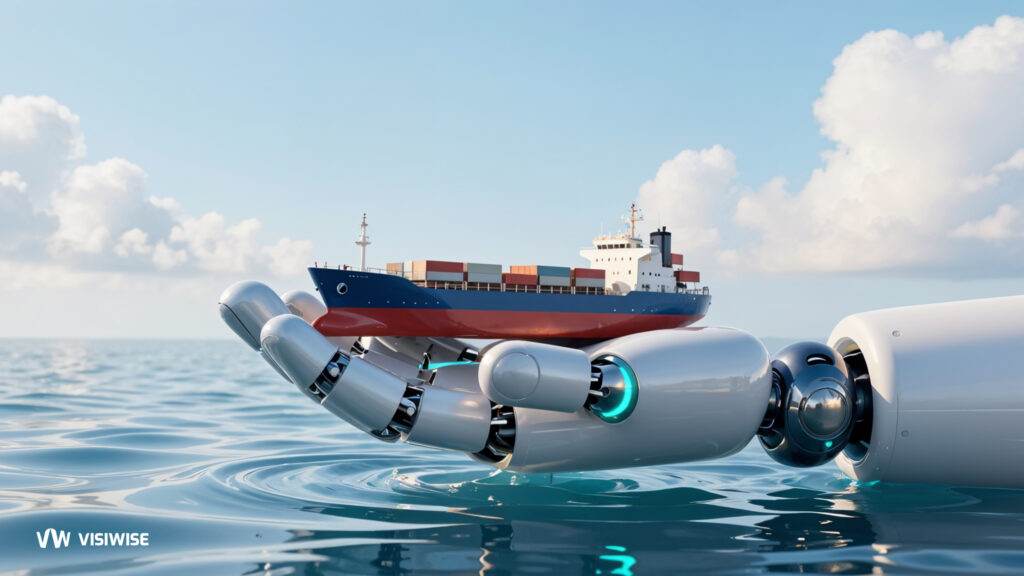The words “gross tonnage,” “deadweight tonnage,” and many more we frequently see in materials connected to shipping may be well known to experts in the shipping industry. Still, they are not always easy to differentiate, particularly when new to the field. Have you ever thought about what separates gross tonnage from deadweight tons? We are going to explain these terms to clarify the meaning behind them.
What Does Dead Weight Mean?
Deadweight is a measurement of a ship’s maximum capacity and is described as the utmost deadweight of the vessel. The estimation does not include the ship’s weight and instead considers the load of the freight on board, fuel, ballast water, fresh water, personnel, and staff food.
The major part of the dead weight is used for water ballast. As the cargo is loaded on the vessel, there is a concern for the ship’s balance. There are specific considerations to balance the weight of vessels, which is done using water ballast.
How Do You Calculate Dead Weight Tonnage?
To get the vessel’s deadweight tonnage, minus the weight of the vessel when it is empty of cargo from the weight when it is loaded to the level where it is submerged to the recommended maximum depth.
Tonnage
Tonnage, which can be defined in terms of weight or volume, often refers to a ship’s size.
What Are GT and NT of Ship?
Gross Tonnage
The total interior capacity of a ship, known as the gross tonnage (GT or gt), is calculated by dividing the enclosed space’s cubic foot contents by 100. The vessel is covered by GT.
GT has nothing to do with the cargo and is particularly related to the ship. You should be aware that the gross tonnage—which is distinct from weight—is used to determine the ship’s volume. For gross tonnage, there are typically two variables: “V,” which stands for the total volume in cubic meters (m3), and “K,” which is a multiplier depending on the volume of the ship.
Net Tonnage
The term “GT” is sometimes mistaken for “Net Tonnage,” which is a ship’s gross tonnage minus total space used up by the crew quarters, the engine room, the navigational equipment, and fuel. This implies that a vessel’s net tonnage is a representation of the space that is available for passenger cabins and cargo containers.
It should be noted that as GT and NT have no dimensions, they cannot be measured in tonnes. The term “tons” is no longer used to describe the tonnage of ships. So, without adding additional units, we commonly state the number of volumes. For example: “This ship has a gross tonnage of 12,345”.
Gross tonnage = Overall size of a ship.
Net Tonnage= Useful capacity of a ship.
Deadweight tonnage = Carrying capacity of a ship in tonnes.
Why Is Deadweight Tonnage Important?
Although GT is not a particularly useful metric in daily life, it serves as the foundation for establishing crew standards, safety requirements, and registration fees by authorities, Port State Control (PSC) and flag states. Port dues are also computed using both gross and net tonnages, and every time a vessel enters or leaves the harbour, the GT and NT are the factors that determine the port due and other charges. Tonnage Measurement is used to evaluate the following:
- Harbour Dues – Determined by gross or net tonnage.
- Pilotage Dues – determined by gross or net tonnage.
- Light Dues – Calculated according to net tonnage.
- Canal Dues – typically calculated based on net tonnage.
Ships are sometimes assessed for size by comparison of goods transported in their cargo holds, even though more massive ships do not necessarily have more high-grade tonnage. To put it another way, the global container ships with a gross tonnage of over 230,000 are the largest, and the biggest cruise ships have a gross tonnage of over 228,000. So, the size of a ship and the gross tonnage has nothing to do with each other.



